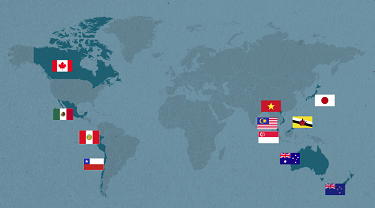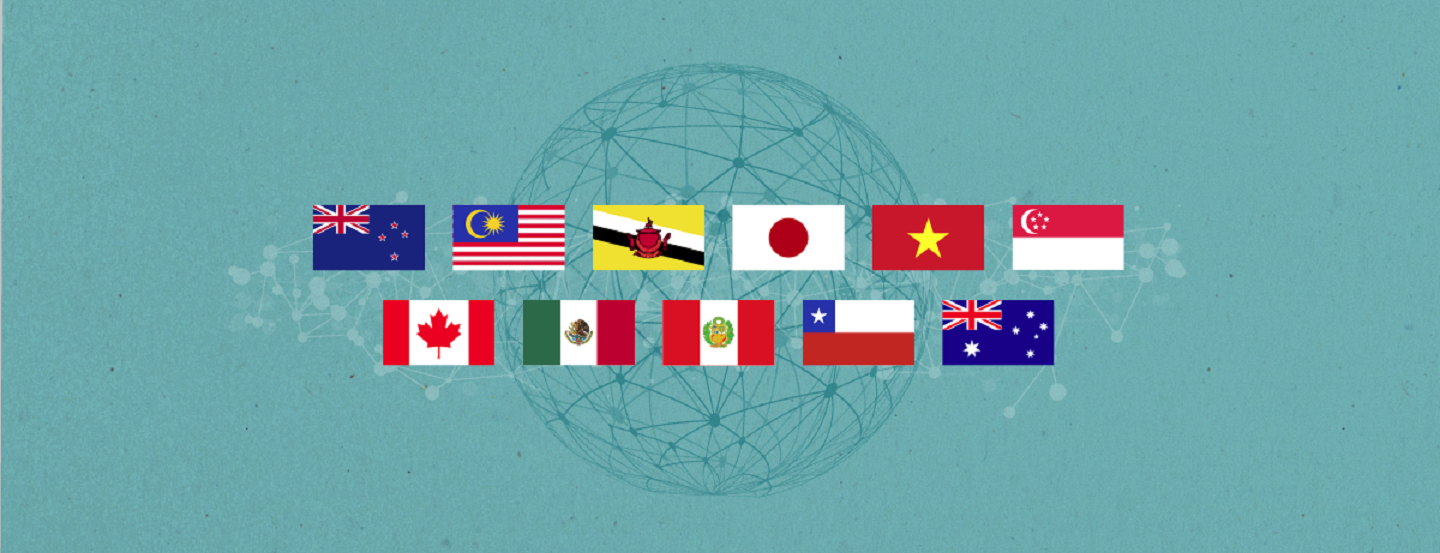The CPTPP is Canada’s newest free-trade agreement and it gives Canadian businesses access to exciting new markets. In this article, we’ll look at how to make sure you’re ready to take advantage of the new deal when it comes into effect.
The CPTPP includes Asian markets such as Japan, the world’s third-largest economy, as well as emerging markets such as Vietnam and Malaysia. Emerging economies have greater demand for the kinds of goods and resources Canada exports — oil and forestry products as well as consumer goods. Developed economies, such as Australia and New Zealand, which are also part of the deal, will be more competitive, though there will be opportunities there, too.
- The Canadian Trade Commissioner Service is a great resource with 161 offices abroad. Trade commissioners in your chosen markets will be goldmines of information about trans-border issues and they can also bridge any cultural gaps.
- Border services organizations — the foreign equivalents to the Canada Border Services Agency — may be able to offer advanced rulings for rules of origin.
- It can be a good idea to consult the services of a trade lawyer or a trade consultant.
- Finally, part of Export Development Canada’s mandate is to provide useful information to exporters, so consult EDC officials as well.
Canadian companies will receive preferential treatment in many instances thanks to this deal.
Business owners should first examine the agreement to make sure their products or services qualify for these duties — whether they are reduced or eliminated. With CPTPP, 95% of existing tariffs will ultimately be eliminated, though some will be phased in over time.
“Given that, it’s important to make sure your products fit within the preferential access,” says Robert Glasgow, an associate in trade at McCarthy Tétrault LLP in Toronto.
If it appears that your product qualifies, do some further research to be certain.
Rules of origin are product-specific and they’re agreement-specific. These rules will determine when your goods qualify as Canadian.
“You need to look closely at the details,” Glasgow says. “Rules of origin are product-specific and they’re agreement-specific. These rules will determine when your goods qualify as Canadian.”
Determining the rules of origin for your product is tricky, especially if your product is made of parts or materials that hail from outside of Canada. If you want to be sure your interpretation on rules of origin is correct, you can approach the customs authority (the counterpart for the Canada Border Services Agency or CBSA) in the foreign market you’re interested in accessing. The agreement requires that organization to give you an advanced judgment on the origin of your product, thereby saving you the hassle after its rules of origin have been challenged. This process differs from the Canada-EU trade deal, in which CBSA is authorized to rule on Canadian products’ origins on behalf of its EU counterparts.
Although the agreement offers preferential status on many products, there are exemptions. Businesses may find they are restricted in what they can sell because of these exemptions.
“It’s a matter of getting to know some of those exemptions,” Glasgow says. “With services in particular, it can be very useful to engage legal counsel to fully understand the exemptions. Even with customs rulings, I would urge people to seek out counsel to assist in a ruling request.”
Exemptions to trade in services are particular to each country. However, as an example, many countries have excluded allowing free market access to foreign service providers in the areas of maritime transport, telecommunications and energy. Canada, meanwhile, has an exemption for Canadian procurement opportunities in its cultural sector, in an effort to preserve the country’s heritage.
“When accessing the benefits of free-trade agreements, there can be a lot of paperwork,” Glasgow warns.
Getting involved in an area that has an exemption without realizing it has an exemption is a potential pitfall. A basic rule to remember is that everything you do still requires all government approvals.
Under CPTPP, many goods and services are duty-freeBut there are still restrictions that apply. If you’re supplying any kind of export-controlled goods like a gun or military tank, for example, you’ll need all the appropriate permits, such as an export permit from the Export Controls Division of Global Affairs Canada.
There are also a number of environmental protections built into the agreement. Animal products made from endangered species are, for example, restricted. An appendix in the agreement details the permits required for such products.
“Getting involved in an area that has an exemption without realizing it has an exemption is a potential pitfall,” Glasgow says. “A basic rule to remember is that everything you do still requires all government approvals.”
Another pitfall is not doing your due diligence on rules of origin. If you fail to do it, and export freely until you get caught by customs, you might face retroactive duty on products long-ago exported.
Start by researching the 10 markets covered by CPTPP to determine the markets that best suit your products or services.
Contact the Canadian Trade Commissioner Service (TCS), a free service run by Global Affairs Canada. The TCS can share its market intelligence. Specialists there can connect you with buyers in your choice markets. TCS can also say whether your product faces any regulatory restrictions.
Rules for packing and labelling differ depending on the country. Some countries have unusual packing requirements that relate to crating, for example. Others will limit the languages used on your documents though some, such as Japan, welcome English.
If this all sounds daunting, don’t despair. The agreement will take time to come into force. Take advantage of that lag time to get yourself export-ready.






